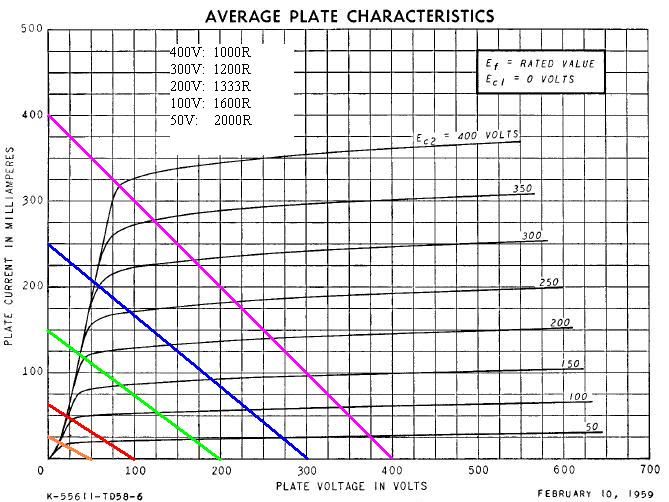I have a modified Fender "Red Knob" Twin(modded to only use 2 output tubes) which is using a bassman 50W OT with a selector for 2,4,8ohm. The amp also has a "Low power" mode which drops the plate voltage from 470V to about 240V and it also changes the bias voltage as well(increases to less negative).
Since I never use the amp in "High Power" mode I want to try using a pair of 6V6's instead of 6L6's. I don't think the plate voltage and bias voltage will be an issue as long as I always use the amp in "Low Power" with the 6V6's.
Will I have to use the 8ohm selection on the OT with a 4ohm load because of the impedance requirements of the 6V6 vs 6L6's??
Since I never use the amp in "High Power" mode I want to try using a pair of 6V6's instead of 6L6's. I don't think the plate voltage and bias voltage will be an issue as long as I always use the amp in "Low Power" with the 6V6's.
Will I have to use the 8ohm selection on the OT with a 4ohm load because of the impedance requirements of the 6V6 vs 6L6's??


Comment